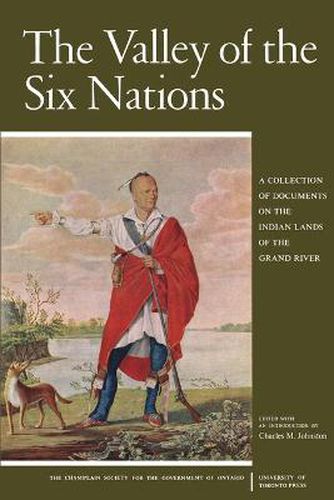Readings Newsletter
Become a Readings Member to make your shopping experience even easier.
Sign in or sign up for free!
You’re not far away from qualifying for FREE standard shipping within Australia
You’ve qualified for FREE standard shipping within Australia
The cart is loading…






This volume traces the history of the Indians in the Grand River Valley from the first written record in 1627 until the middle of the nineteenth century. Much of the book is devoted to the Six Nations Indians who, dispossessed of their homes in the Mohawk River Valley because of their allegiance to the British cause during the American War of Independence, were granted lands on the Grand River in Ontario after the war. From this grant arose many problems-the Indians’ right to sell their land, the difficulties of such sales, their transition from a fur to an agricultural economy, the position of the Six Nations in the War of 1812 and the Rebellion of 1837, and the adjustment of the Indians to a European way of life, religion, and education. All of this is told in the words of the missionaries, travellers, army officers, government officials and settlers, as well as in the vigorous letters and speeches of the Indians themselves.
(Ontario Series of the Champlain Society, Volume 7)
$9.00 standard shipping within Australia
FREE standard shipping within Australia for orders over $100.00
Express & International shipping calculated at checkout
This volume traces the history of the Indians in the Grand River Valley from the first written record in 1627 until the middle of the nineteenth century. Much of the book is devoted to the Six Nations Indians who, dispossessed of their homes in the Mohawk River Valley because of their allegiance to the British cause during the American War of Independence, were granted lands on the Grand River in Ontario after the war. From this grant arose many problems-the Indians’ right to sell their land, the difficulties of such sales, their transition from a fur to an agricultural economy, the position of the Six Nations in the War of 1812 and the Rebellion of 1837, and the adjustment of the Indians to a European way of life, religion, and education. All of this is told in the words of the missionaries, travellers, army officers, government officials and settlers, as well as in the vigorous letters and speeches of the Indians themselves.
(Ontario Series of the Champlain Society, Volume 7)